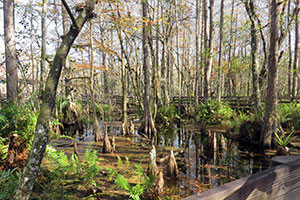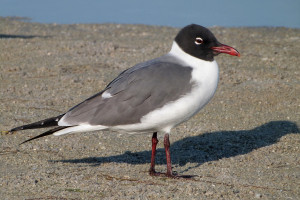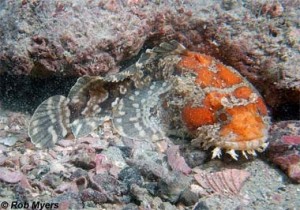 Why is the Everglades such an important asset to the world? Why should we spend so much money restoring it? Well, there’s many reasons, but for this article, we wanted to focus on one. The Everglades is a wetland, which means it’s a natural defense or buffer against disasters. Wetlands can be used to minimize damage from disasters such as flooding, tropical cyclones, hurricanes, and tsunamis, and droughts.
Why is the Everglades such an important asset to the world? Why should we spend so much money restoring it? Well, there’s many reasons, but for this article, we wanted to focus on one. The Everglades is a wetland, which means it’s a natural defense or buffer against disasters. Wetlands can be used to minimize damage from disasters such as flooding, tropical cyclones, hurricanes, and tsunamis, and droughts.
Back in 2012, it was estimated that wetlands helped avoid an additional $625 million in damages because they acted like a sponge to reduce flooding. Wetland truly can make a difference in the amount of damage from a natural disaster. In the city of Hikkaduwa in Sri Lanka damage from the 2004 tsunami reached out 50 meters inland; this city was near offshore coral reefs. In a nearby city of Peraliya, the damage reached inland by 1.5 kilometers, because the coral reefs around this area were damaged due to coral mining.
Throughout the year, if there is a dry season, wetlands release stored water, which reducing the chances of a drought or water shortage. They also can make a difference after a disaster occurs. Wetlands can help restore proper water and nutrients to the environment after a storm hits. In 1999, a cyclone hit a town in eastern India; it was found that rice paddies protected by mangroves recovered and produced far more quickly than those that were not protected.
By protecting, restoring and saving the Everglades, we are not only protecting the wildlife and plant life that live within it, but we are also protecting nearby farms and communities from taking the brunt of any natural disaster or hazard. The healthier the Everglades is, the better surrounding communities can bounce back from a disaster.
Want to explore this mystical wetland for yourself? You can on an airboat tour. Fly through the grass and swamps while getting to see some beautiful views and animal life. To book a tour, call Captain Mitch’s Airtboat Tours at 800-368-0065 or click here.
 Each year, Earth day is celebrated on April 22. Back in 1970, 20 million people participated in the first Earth Day celebration. Fast forward 47 years, and we now have the Clean Air, Clean Water, and Endangered Species Acts. Florida is home to the Everglades, many species of animals, fish and birds, and thousands of plant life, so Earth Day and these environmental laws have special meaning to this state.
Each year, Earth day is celebrated on April 22. Back in 1970, 20 million people participated in the first Earth Day celebration. Fast forward 47 years, and we now have the Clean Air, Clean Water, and Endangered Species Acts. Florida is home to the Everglades, many species of animals, fish and birds, and thousands of plant life, so Earth Day and these environmental laws have special meaning to this state. Do you know what the most common gull in the Everglades is? The laughing gull! These gulls are medium in size with long wings and legs. They are a coastal warm-weather species, which is why they can be found hanging around the Everglades year round. Below, we wanted to share some fun facts about this bird.
Do you know what the most common gull in the Everglades is? The laughing gull! These gulls are medium in size with long wings and legs. They are a coastal warm-weather species, which is why they can be found hanging around the Everglades year round. Below, we wanted to share some fun facts about this bird. There are around 300 different species of fish swimming in the waters of the Everglades National Park. Some of them look straight out of pre-historic times, like the Gulf toadfish. These fish make their presence know. They’re one of the few fish out there that can make sounds that humans can actually hear. Read the list below for some more interesting facts on this fish:
There are around 300 different species of fish swimming in the waters of the Everglades National Park. Some of them look straight out of pre-historic times, like the Gulf toadfish. These fish make their presence know. They’re one of the few fish out there that can make sounds that humans can actually hear. Read the list below for some more interesting facts on this fish:





